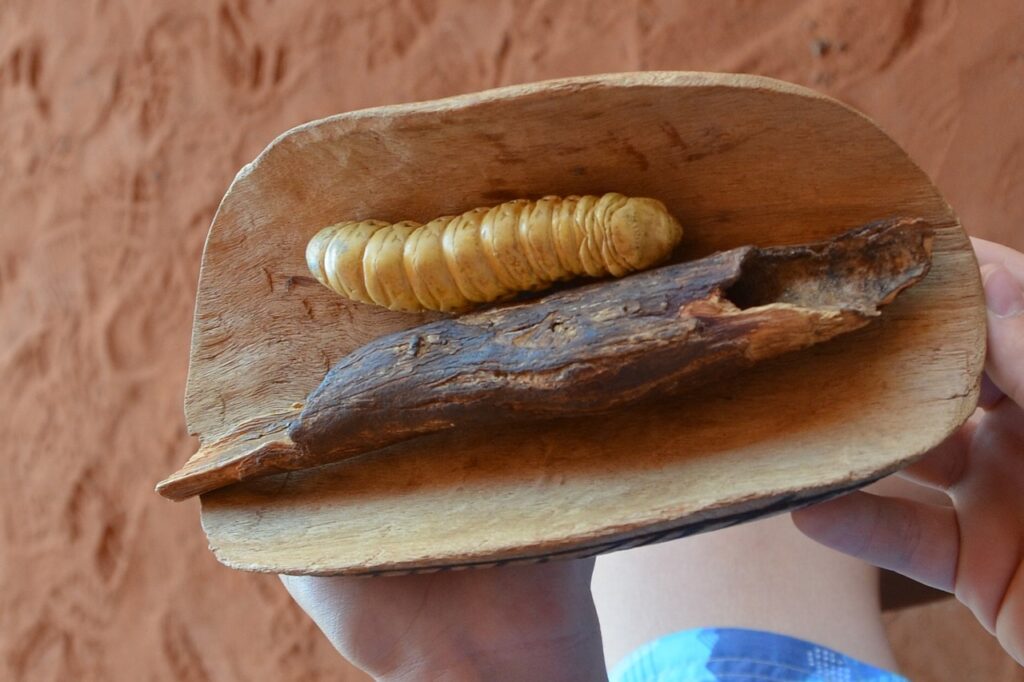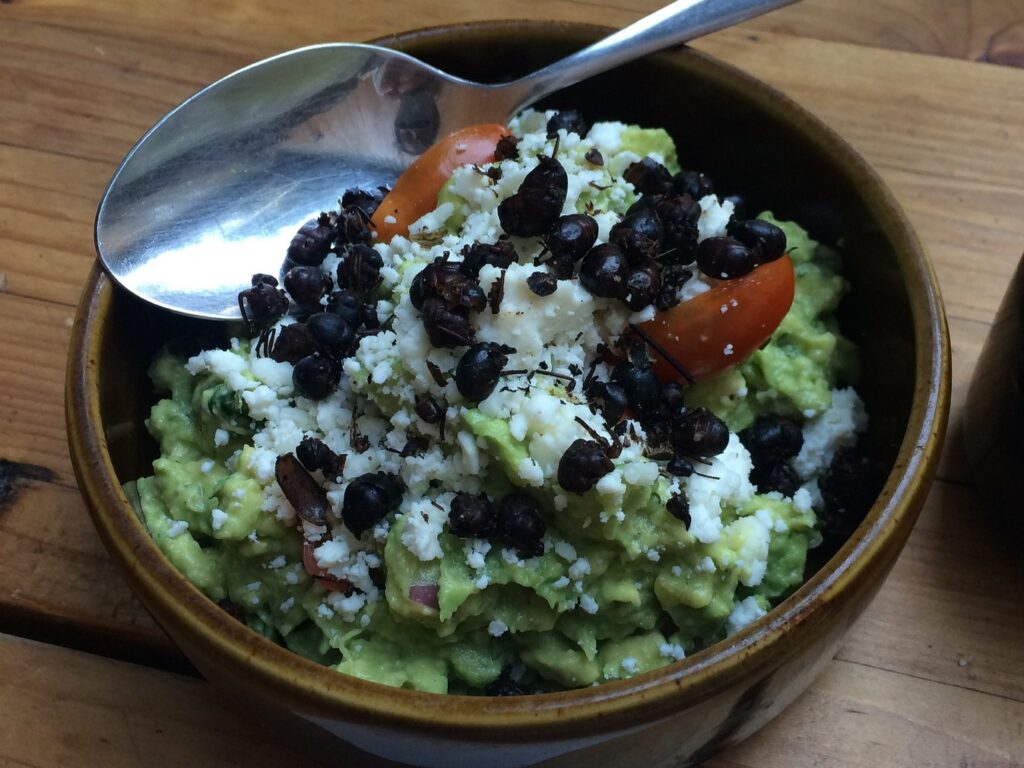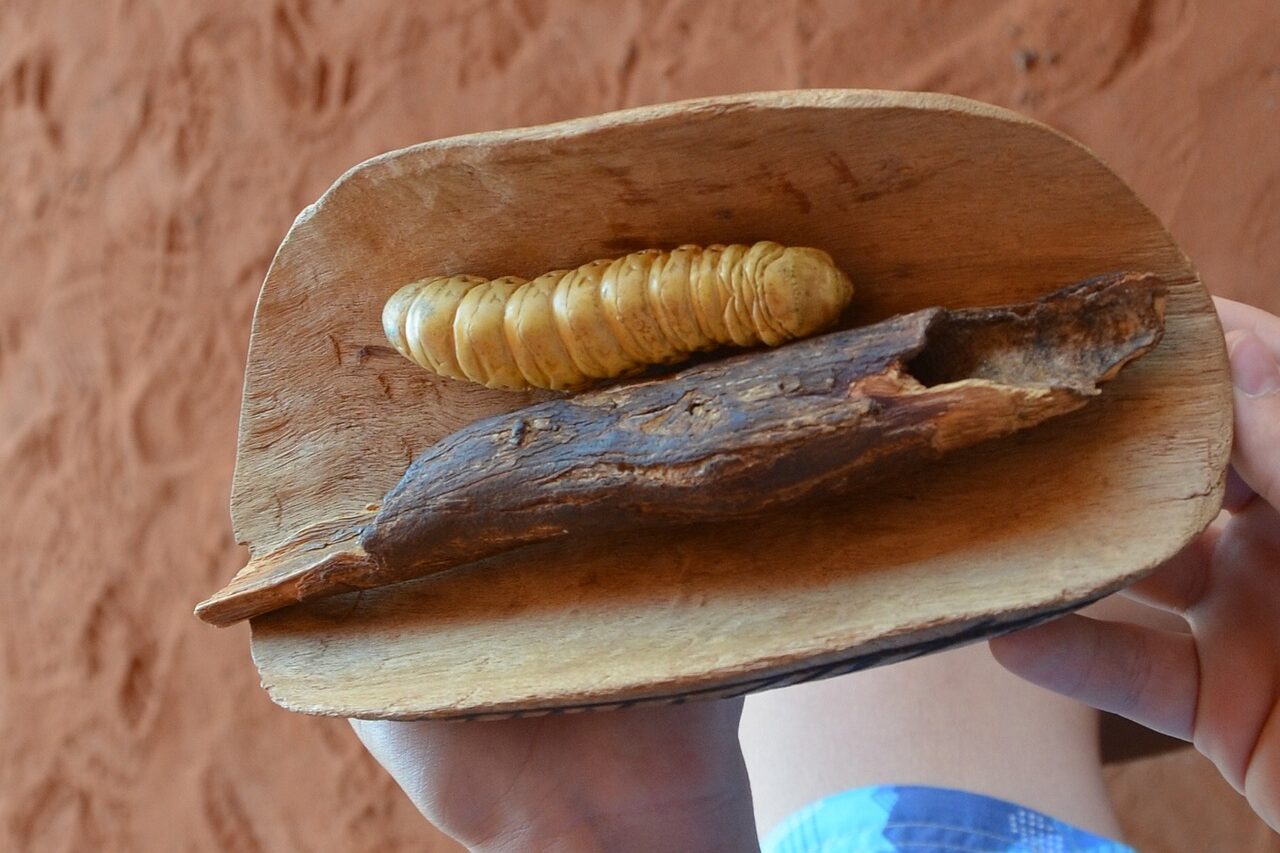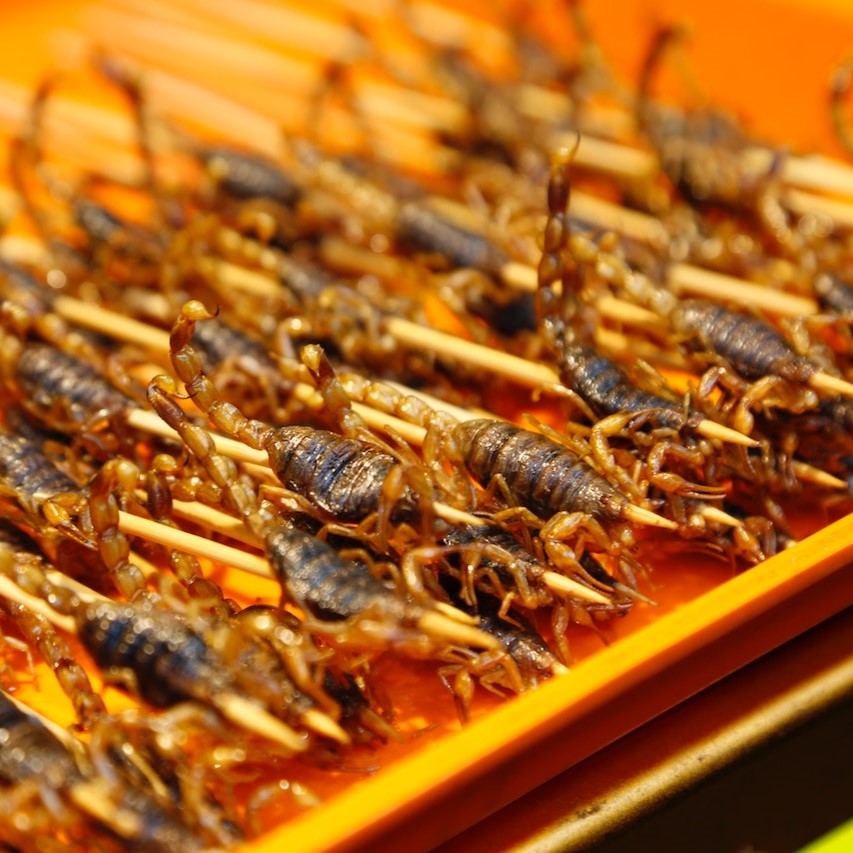7 Popular Edible Insects Around the World
Edible insects are gaining widespread popularity, especially in countries like Mexico, Latin America, and parts of Africa and Asia. While North America and Europe may not be too familiar with this culinary trend, around the world, there are 1,700 types of bugs that are eaten in 113 different countries.
In Mexico, edible insects have been a part of the traditional cuisine for centuries. One of the most interesting ways in which insects are used in Mexican cuisine is by incorporating them into tortillas, a staple food in the country. The tortillas are made using ground corn, which is mixed with finely chopped grasshoppers or ants, giving the tortillas a unique flavor and texture. These insect-infused tortillas are not only a source of protein but also add a distinct taste to the traditional Mexican dishes they are included in.
But before you go ahead and start catching and eating insects, it is essential to consult an expert to avoid any harmful consequences. It is important to note that proper processing and storage are crucial for safe consumption.
Beetles
Aquatic beetles, such as the Giant Water Beetle, are popular in Thailand and other parts of Asia for their meaty texture and taste. Dung beetles, like those found in Africa and Latin America, are high in protein and used to enrich baked goods and meat products. The larvae of the African Palm Weevil, found throughout Africa, southern Asia, and South America, are a popular treat due to their high fat content and unique flavor.
Silkworm

The larval stage of Bombyx mori is the most commonly eaten insect in the world. It is a popular food in China, where it is usually stir-fried or boiled before consumption. Silkworms provide a good source of protein, amino acids, and essential fatty acids. They have a nutty flavor and a firm texture, making them a versatile ingredient in many dishes. Apart from China, silkworms are also consumed in other parts of Asia, such as Korea and Thailand, in various forms such as crispy snacks and ramen toppings.
Mane Caterpillars
The larvae of the mopane emperor moth are a staple food in Southern Africa. They are highly nutritious, comprising 70% crude protein, 16.70% crude fat, and 10.72% minerals on a dry matter basis. They are not only a delicacy in cities, but they also play a significant role in generating income and fighting poverty in rural areas. According to reports, Mopane caterpillar harvesting generates about $85 million annually in Southern Africa.
Witchetty Grubs

A traditional food among Australia’s indigenous community, they are the larval stage (caterpillar) of a large cossid wood moth. The larva eats into the woody roots of the Witchetty bush and feeds on the root sap. Aboriginal women and children dig around the roots of the plant to find the grubs, which are a rich source of protein. Witchetty grubs have been eaten for thousands of years and are still enjoyed today.
Bee Larvae
Among the most commonly eaten insects in Thailand, they are considered a delicacy and are often used in soups and stir-fries. Beekeeping is a popular activity in the country, and the larvae are a byproduct of honey production. The larvae have a sweet and nutty flavor and are rich in protein and nutrients such as zinc and iron. In addition to being a common food source, bee larvae are also used in traditional medicine for their healing properties.
Ants

Highly valued for their larvae and pupae, which are commonly used in Asian cuisine, weaver ants are rich in protein and fatty acids. The larvae and pupae of weaver ants are used in a variety of Thai dishes, including soups, salads, and fried dishes. They are also eaten raw as a snack with spices.
Yellow Jacket Wasp Larvae
Locally called hachinoko, this popular food item in certain parts of Japan, particularly in southeastern Gifu prefecture, is usually harvested in early November. Despite their ability to sting humans, they are not very aggressive and have a similar danger level to honey bees. Hachinoko are usually prepared as tsukudani, a dish that has a soft flavor and texture, and can be mixed with steamed rice or eaten as a snack with beer and sake.
The Bottom Line
Before you even think about picking up some grasshoppers off your lawn, it is important to always put your safety first. Proper processing and storage play a crucial role in ensuring the safety of consuming edible insects. Unprocessed insects may harbor disease-causing bacteria and harmful chemicals, while improper storage can cause contamination and spoilage.
It is important to follow best practices like thoroughly cleaning and cooking the insects before consumption. Proper processing and storage will not only ensure the safety of consuming edible insects but also maintain their nutritional value.
Start Your Sustainable Food Journey
Crickets? Grasshoppers? Mealworms?
Check out our selection of edible insects and start whipping up nutritious and sustainable meals!






